A Pressing Matter: Hard Cider
Today's guest blog is brought to you by writer and editor Bob Hoover
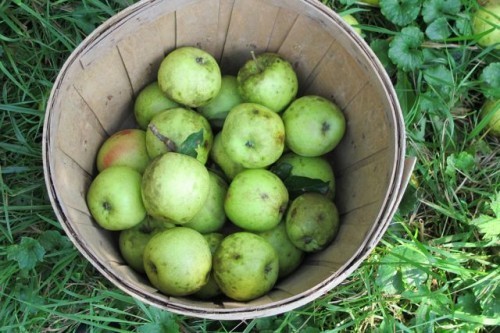
I've been making my own cider on and off for 30 years as a productive way to use my extra "capacity" from a formerly busy home brewing operation; that is, the leftover bottles and empty fermenting vessels.
The sweet or unfermented cider came from local apples pressed into juice and sold at farmer's markets. That's where I first met Don Kretchmer, then a lone voice of organic farming who brought his beets, greens and cider to the city's first farm market on the North Side of Pittsburgh in the early 1980s.
There was only one in those days, Fridays in a parking lot across the street from West Park. I would get five gallons from Kretchmer and turn it into hard cider in my fermenting "cellars," the chilly basement of my Mexican War Streets home.
[image error]
Over the intervening years, I've tried other sources of cider, probably the best a serious orchard in Washington County which provides the juice to several state wineries, but I had always wanted to get the stuff the way the French apparently do from ugly misshapen, rough apples that were rejected for eating and left to rot on the ground.
These apples were shriveled from drying, meaning the sugar in them was concentrated, turning the cider made from them into a perfect medium for the "Pasteur" commercial champagne yeast to convert it into a pure, maybe even organic hard cider.
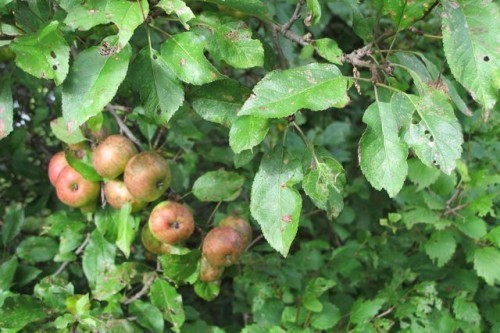
Sherrie Flick to the rescue. Untended apple trees sprinkle her family farm in faraway (well, two hours) Forest County, Pennsylvania. There I could pick all the apples I wanted and store them in the farm's spring house to let them concentrate that sugar.
So, one beautiful September day, my wife Kathleen and I joined Sherrie and spouse Rick Schweikert at the farm to collect the fruit. Using paper yard bags, we scooped small, mostly green apples from the ground and yanked bunches more from the trees – about eight bushels as it turned out.
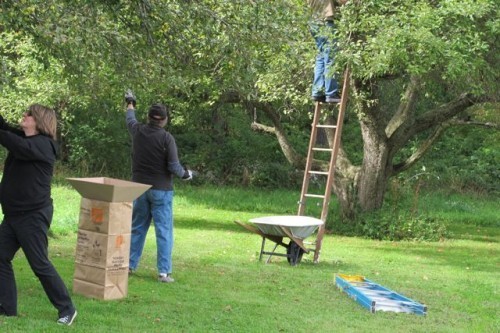
We spread them on tarps inside the spring house and vowed to return in a few weeks. The plan was to cart them to Sally's Cider Press on Route 19 north of Zelienople and turn our windfall into our own vintage of cider.
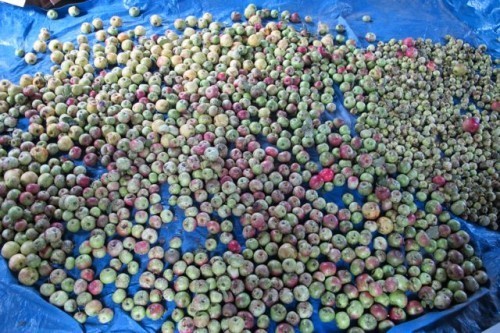
The plan worked to perfection, amazingly. When Kathleen, a house guest Susan Poats who lives in Ecuador, and I returned to the farm early one Saturday, Rick met us with bags of apples he had filled on his own, sparing us the labor. We added dozens more to the collection and set off for Sally's, arriving around 11:30 a.m.
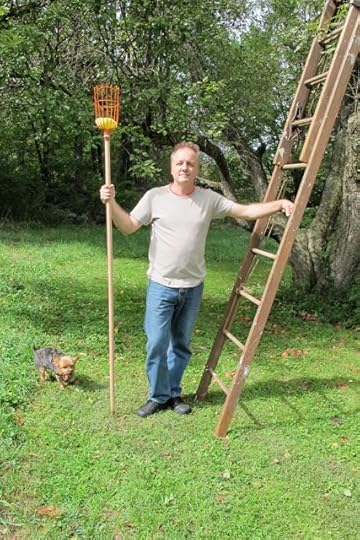
Others with the same idea were filling the plastic gallon bottles with foaming brown cider when we showed up. Immediately, Sally's crew turned to our crop and began feeding the apples to a conveyor that sent them upstairs to be crushed.
That's the first step. The chopped apples were then dropped into a wide wooden frame filter, covered with a porous cloth, and crushed by a mechanical press.
[image error]
We grabbed paper cups to taste the first pressing, a rare sensory experience of sweet, fresh juice right from the apples.
Then the juice flowed to a basement tank where it passed through an ultraviolet treatment to kill those intestinal-racking bacteria. Sally's provides metal tables, filler hoses and jugs for the newly minted cider makers to capture their product.
We produced 19 gallons of cider, dirt cheap for $38 and the price includes the jugs.
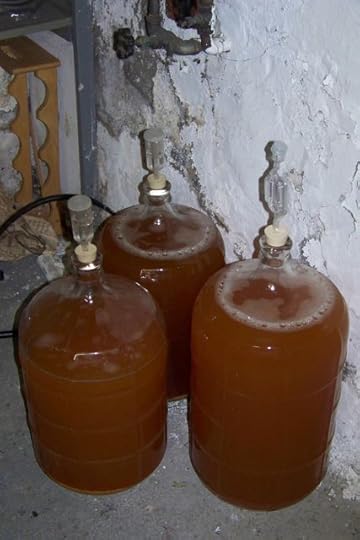
I now have about 15 gallons happily fermenting their way into dry, crisp hard cider ready to drink in six months. Late in December, I will bottle the alcoholic cider (should be about six percent booze) into 22-ounce bottles and cap. The cider has been primed with a small amount of sugar that will wake up the dormant yeast just enough to restart fermentation and create carbonation in the bottle. Then, sometime around a blisteringly hot July, I'll chill a bottle and enjoy my own cider made from Flick Farm apples.
A little history of hard cider
There's plenty of evidence to show that our American ancestors lived in a state of moderate inebriation, high mainly on fermented apple juice or hard cider.
An observer writing about colonial Massachusetts estimated that cider drinking was so pervasive that annual consumption per capita was 35 gallons. That state's favorite son, John Adams, started every day on his farm with a flagon of cider before turning to his chores and working on early drafts of the Declaration of Independence. He died at 91.
Hard cider has been an every day drink in Western culture since the Roman Empire and it continues to flourish today in Great Britain, France and Spain. Normandy and Breton ciders are as prized as good wine and produced with equal care while the British and Spanish maintain large orchards of ancient varieties of apples cultivated for cider alone.
By the early 20th century, cider fell out of favor in the States, squashed by cold winters and the Christian Temperance movement, which inspired many a farmer to chop down his apple trees before Carrie Nation took her tiny ax to them.
Now, the drink is returning to America. Producers from microbreweries to local artisans are churning out decent cider again. The other day, I found Philadelphia Brewing's cider on tap at D's in Regent Square. Occasionally, the products of the tiny Arsenal Cider Works are served at Fat Head's on the South Side.
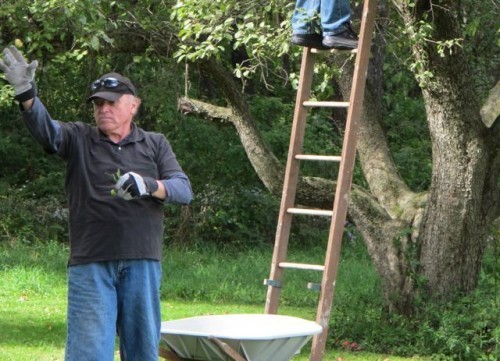
The book editor of the Pittsburgh Post-Gazette, Bob Hoover has been reporting and commenting on both the creative and commercial side of writing and publishing for more than 25 years. He edits the newspaper's Sunday book section, contributing both reviews and a column as well as overseeing the section's mix of criticism and news. Nationally, he has regularly covered the leading publishing trade show, BookExpo America, the National Book Awards, the National Book Critics Circle Awards, and the National Book Festival in Washington, D.C. He's a member of the National Book Critics Circle. In March 2007, he traveled to Cuba where he followed the literary trail of Ernest Hemingway, writing about and photographing the writer's haunts there. Hoover also has interviewed many of the nation's major writers, poets, and historians and written profiles of such writers as David McCullough, August Wilson, John Edgar Wideman, and John Updike.
Sherrie Flick's Blog
- Sherrie Flick's profile
- 38 followers



